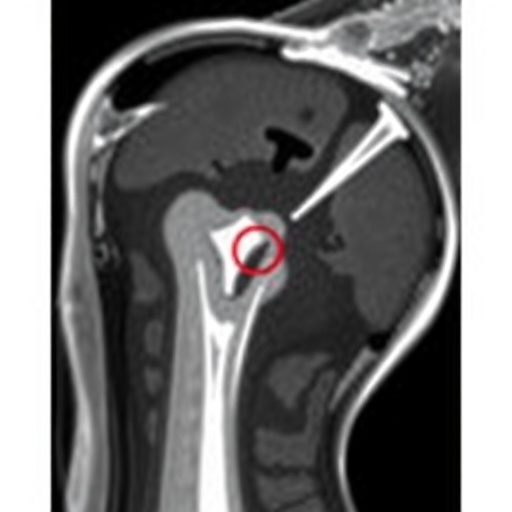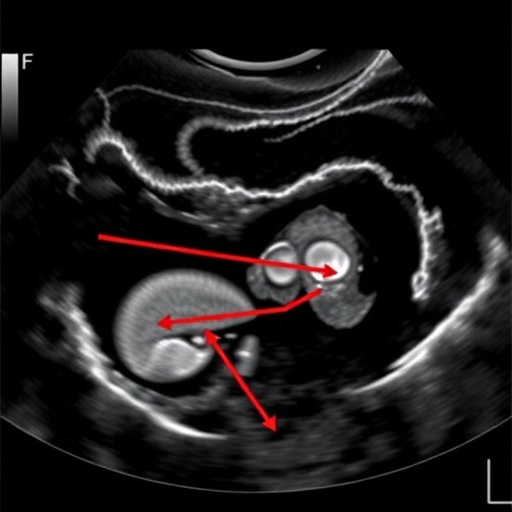Researchers from Case Western Reserve University School of Medicine have found a nanobody that holds promise to advance targeted therapies for a number of neurological diseases and cancer.
In a recent study published in Nature Communications, Sahil Gulati, of the Department of Pharmacology at Case Western Reserve School of Medicine, and colleagues identified a nanobody derived from a llama that targets signaling of G protein-coupled receptors (GPCRs), a large family of receptors involved with transmitting signals in cells.
The llama-derived nanobody specifically targets a component of G protein known as G beta-gamma–the part that binds and efficiently activates several other signaling proteins. These proteins, once activated, have been linked to several types of cancers, neurological disorders and drug addiction.
The nanobody binds G beta-gamma tightly and prevents it from activating these signaling proteins. While blocking the G beta-gamma signaling, the nanobody has no effect on essential GPCR signaling events that are required for normal cellular function.
A drawback of current therapeutic approaches targeting GPCRs is that small drug molecules are not very selective, and activate additional signals other than the intended target, causing unwanted side effects.
"You would like the drug to bind one GPCR, but it binds non-specifically to other GPCRs causing unwanted and sometimes damaging side effects," said Gulati. "That's the problem with small molecule drugs on the market today."
In addition, most small molecule and antibody-based treatments are made to target specific GPCRs. However, there are almost 1,000 different GPCRs in humans, and thereby 1,000 separate drug development pipelines will be required to target each one of them.
"This is an extremely expensive scenario and it will take decades of research and development to find therapies to target each GPCR," Gulati added.
GPCRs are important targets for the pharmaceutical industry. As of November 2017, roughly 20 percent of FDA-approved medications target GPCRs, including medications for asthma, pain, osteoporosis and high blood pressure.
Nanobodies are derived from specialized antibodies found only in sharks and camels (llamas are part of the camelidae family). Gulati explained that nanobodies are antibody fragments that are cheap to produce and efficient to deliver as a therapy. They are on their way to being a viable class of therapeutics against several hard-to-treat diseases.
Gulati and his group of scientists targeted GPCR signaling in an unconventional manner. They have targeted G proteins and not GPCRs themselves. G proteins are the immediate downstream players in GPCR signaling pathways. Targeting G proteins can provide control on several GPCRs and might also avoid undesired cellular events, Gulati said.
"This approach might potentially be a silver bullet for treating several medical conditions with GPCRs as key targets," Gulati said. "The study serves as the first example where a nanobody has been shown to alter GPCR signaling at the G protein level by inhibiting G beta-gamma signaling. This will enhance the potential of nanobodies to treat various neurological conditions and cancer progression."
Use of nanobodies will likely grow as research shows they are an important tool for modulating cellular signals.
###
Gulati S., et. al. Targeting G protein-coupled receptor signaling at the G protein level with a selective nanobody inhibitor. Nature communications. DOI: 10.1038/s41467-018-04432-0.
This research was supported in part by grants from the National Institutes of Health.
For more information about Case Western Reserve University School of Medicine, please visit: case.edu/medicine.
Media Contact
Ansley Gogol
[email protected]
216-368-4452
@cwru
http://www.case.edu
http://casemed.case.edu/cwrumed360/news-releases/release.cfm?news_id=1346&news_category=8
Related Journal Article
http://dx.doi.org/10.1038/s41467-018-04432-0




